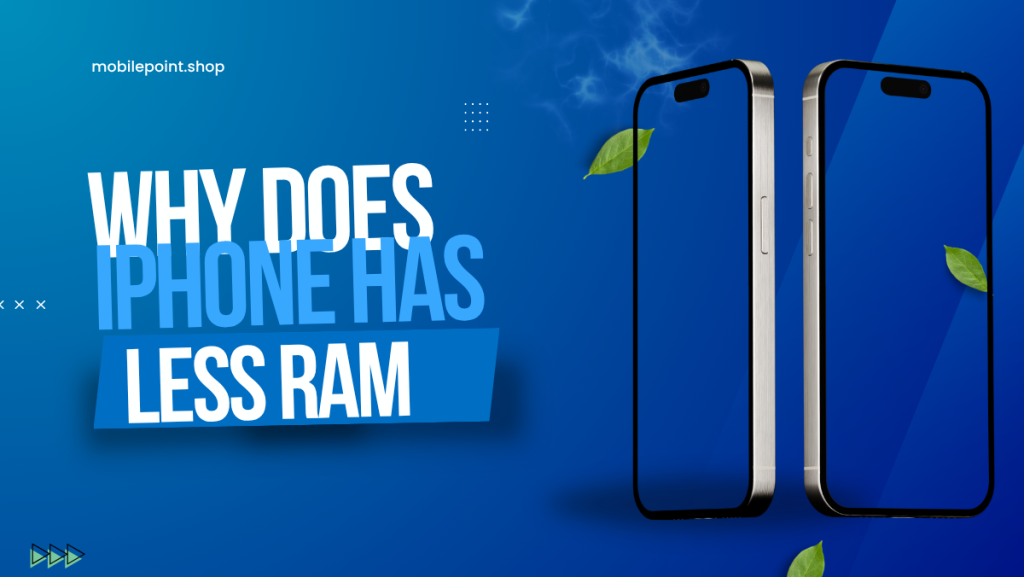Apple’s iPhones have consistently featured less RAM compared to their Android counterparts, yet they still deliver smooth performance and efficiency. This raises an important question: Why does Apple use less RAM in iPhones? Let’s break it down.
1. Optimized Hardware & Software Integration
Unlike Android devices, which run on various hardware configurations, Apple designs both iOS and its A-series chips to work seamlessly together. This tight integration allows iPhones to use RAM more efficiently, reducing the need for excessive memory.
2. Superior Memory Management in iOS
Apple’s iOS is built to handle memory differently than Android. Features like app suspension, intelligent background refresh, and dynamic memory allocation ensure that apps use only the necessary RAM, preventing excessive consumption.
3. No Need for Virtual Machine Overhead
Android relies on the Java-based ART (Android Runtime), which requires extra RAM to manage background processes. iOS, on the other hand, runs apps natively, eliminating the need for additional memory overhead.
4. Efficient Background Process Handling
iPhones limit background processes more aggressively than Android devices. While Android allows apps to run multiple background tasks, iOS freezes inactive apps, reducing RAM usage and improving battery life.
5. Focus on Long-Term Performance
Apple prioritizes consistent performance over raw specifications. Instead of increasing RAM, Apple enhances chip efficiency, storage speed, and software optimization, ensuring that iPhones remain fast even after years of use.
Final Conclusion
While Android devices often boast 12GB or more RAM, iPhones continue to perform exceptionally well with 6GB or less. Apple’s hardware-software synergy, efficient memory management, and optimized app handling make this possible.
